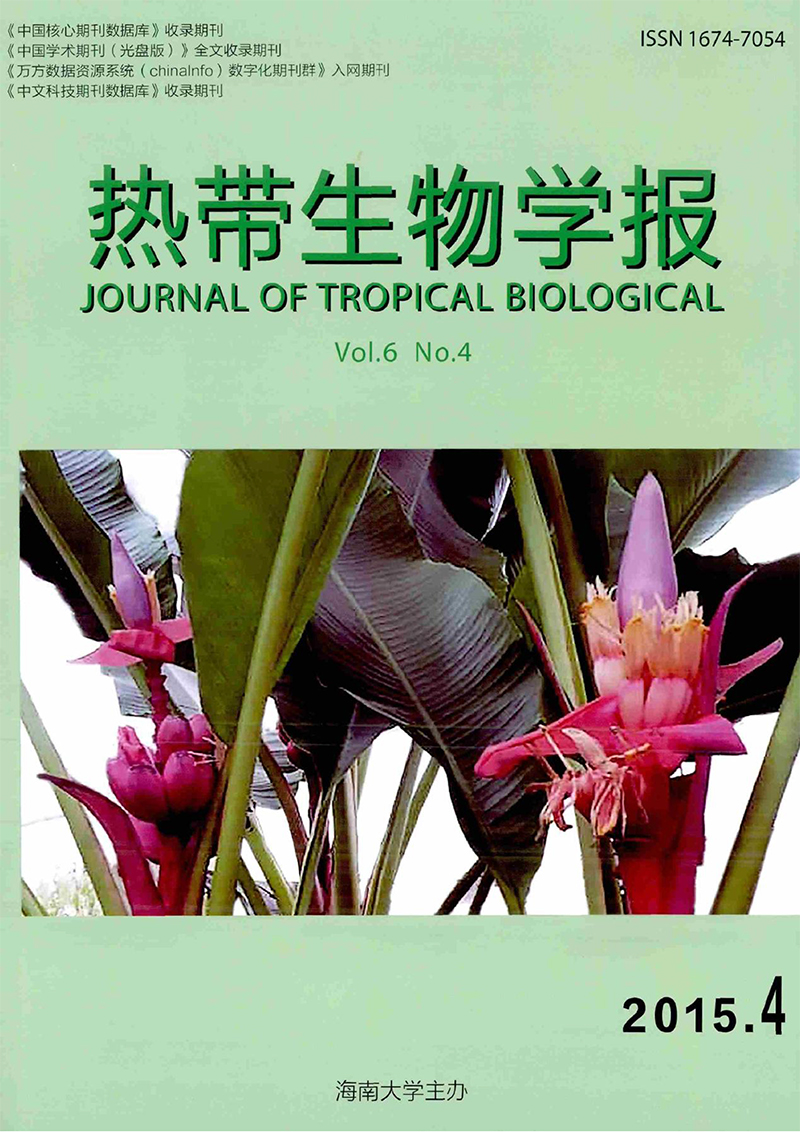Indole-3-acetic Acid Inhibits Hypersensitive Response and Pathogenicity Proteins-induced Hypersensitive Response in Plants
doi: 10.15886/j.cnki.rdswxb.2015.04.009
- Received Date: 2015-03-13
-
Key words:
- HarpinXoo /
- IAA /
- hypersensitive response /
- reactive oxygen species /
Abstract: Tobacco leaves were treated with IAA and harpinXoo to observe the interaction between IAA and harpinxoo protein in tobacco leaves,and the oxidative burst in tobacco leaf tissues by quantitative assay and microscopy.The expressions of hypersensitive response marker gene,disease defense genes and auxin related genes were detected by using semi-quantitative PCR.The EF-1α gene was used as an internal control because it is highly conserved and constitutively expressed in eukaryotes.Plant assays showed that 10-4 mol · L-1 IAA inhibited the hypersensitive response induced by harpinxoo protein in tobacco leaves and that the inhibition was weakened when 500μmol · L-1 TIBA was applied at the same time.The analysis of the oxidative burst in tobacco leaf tissue was in accordance with the results of plant assays that IAA could reduce the accumulation of ROS.The semi-quantitative PCR results showed that IAA had different effects on the expressions of hypersensitive response marker gene hsr203 J,disease defense gene chia5 and PR-1b,auxin related genes AUX1,ARF8 and so on.It is concluded that IAA can inhibit the hypersensitive response induced by harpinxoo protein and regulate the oxidative burst in tobacco leaves.
| Citation: | XIE Linlin, SONG Jie, LIU Wenbo, LIN Chunhua, MIAO Weiguo, ZHENG Fucong. Indole-3-acetic Acid Inhibits Hypersensitive Response and Pathogenicity Proteins-induced Hypersensitive Response in Plants[J]. Journal of Tropical Biology, 2015, 6(4): 408-419. doi: 10.15886/j.cnki.rdswxb.2015.04.009 |






 DownLoad:
DownLoad: